Shortly after the New Year, I started planning a trip that I wanted to go on for at least a couple years: I wanted to visit the Black Hills. However, instead of driving directly to the final destination, I chose to make stops on the way to enjoy various places along the road (more details on the plan and how it eventually worked to come in a separate post that will summarize the trip).
The first leg of our trip was to cross Nebraska from east to west on day 1, and spend a night and the second day at the Lake McConaughy State Recreation Area. Now, we could totally just keep going north on day 2, but I wanted to make it a more relaxed trip, and I just simply love Lake Mac! It is a gorgeous lake (which is in fact a man-made reservoir on the North Platte river) that is 22 miles long a 4 miles wide, and offers 76 miles of shoreline, most of which is a generously wide sandy beach (particularly on its north shore). What’s not to love? In my several years living in Nebraska, I’ve been there multiple times, and will certainly visit again!
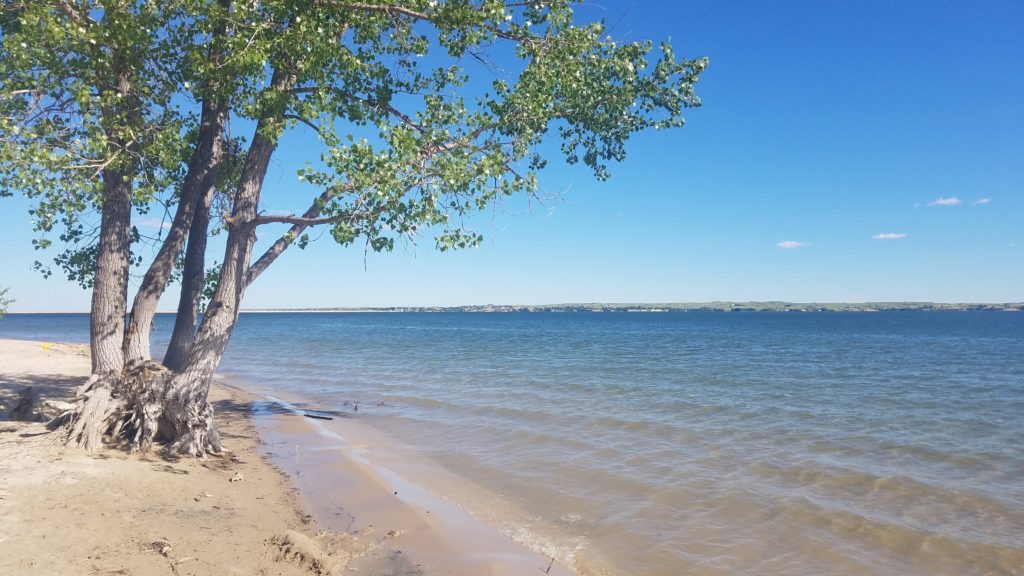
But on that Saturday in early June, we still had to get there. Having managed to pack the car with all our gear without it reaching a critical mass was certainly among our main achievements of the day! We finally hit the road – and the first few hours of the ride were not very spectacular, as one would expect. Indeed, central Nebraska is pretty flat.
On our way to Lake Mac we planned to stop at Bailey Yard near North Platte. Owned and operated by Union Pacific, it is the largest railroad classification yard in the entire world! The numbers are just stunning: over 200 tracks with almost 1000 switches, almost 150 trains carrying over 14000 railroad cars pass through the yard every day!
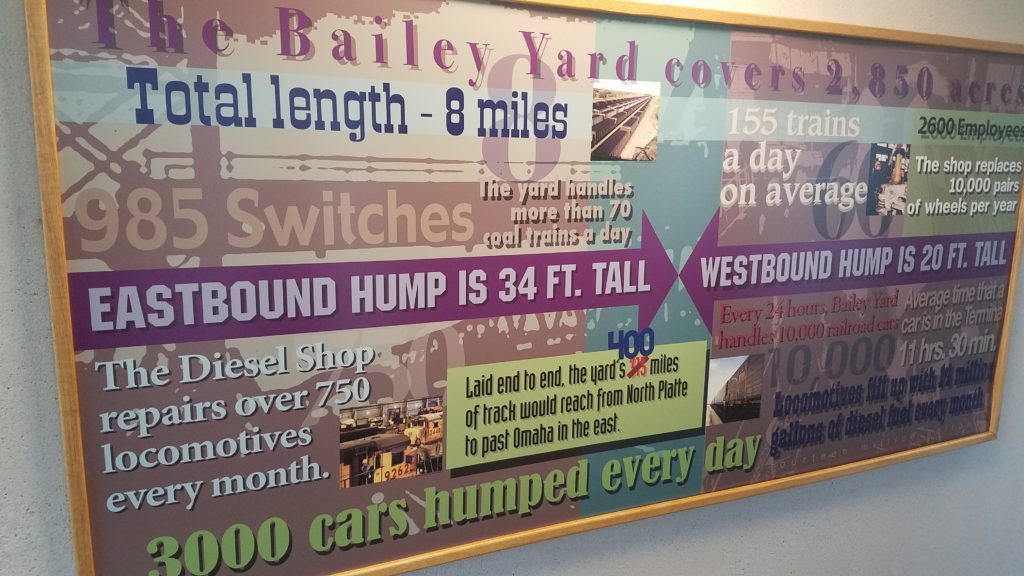
If you happen to be in the area – definitely consider visiting the Golden Spike Tower, a viewing tower offering a great panorama of the yard from both the open air observation deck on its 7th floor, and the enclosed viewing on the 8th floor, where your questions will also be answered by a volunteer. Of all technology used in the yard, my all-time favorite is their two sorting stations that they call “hump yards”. They are inclined, and the incoming train gets disassembled into separate train cars. Each car has an ID chip built in, so when it starts rolling downhill, a computerized system configures the switches so that the car ends up on one of the 50+ tracks, where different trains are “assembled” based on their further destination.
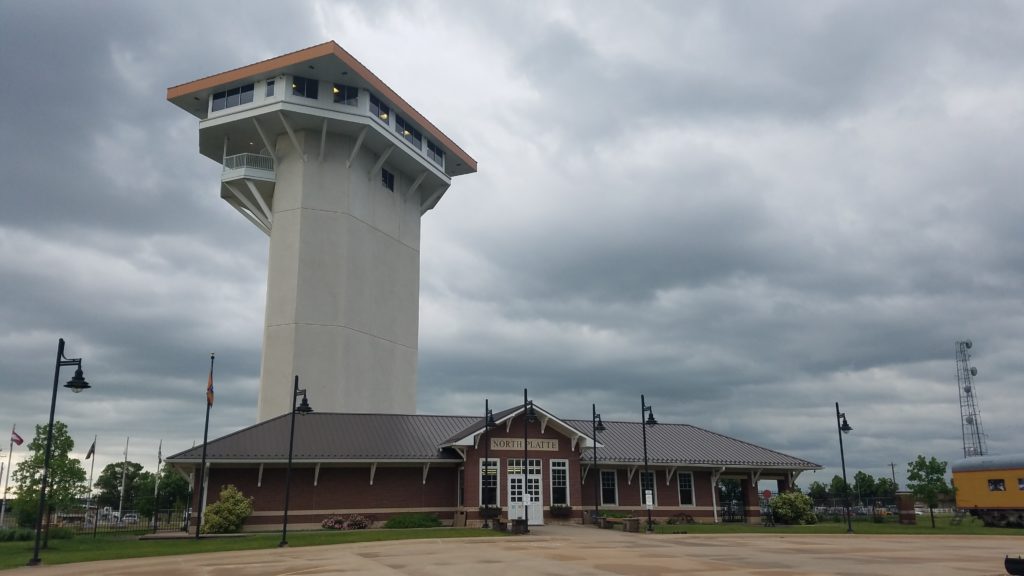
On our approach to North Platte, a different adventure was waiting for us: severe weather was active in the area. Being behind the wheel, I could only observe, but did not take any pictures or early radar snapshots – but the wall cloud extending from the rain-free base of that storm was magnificent!
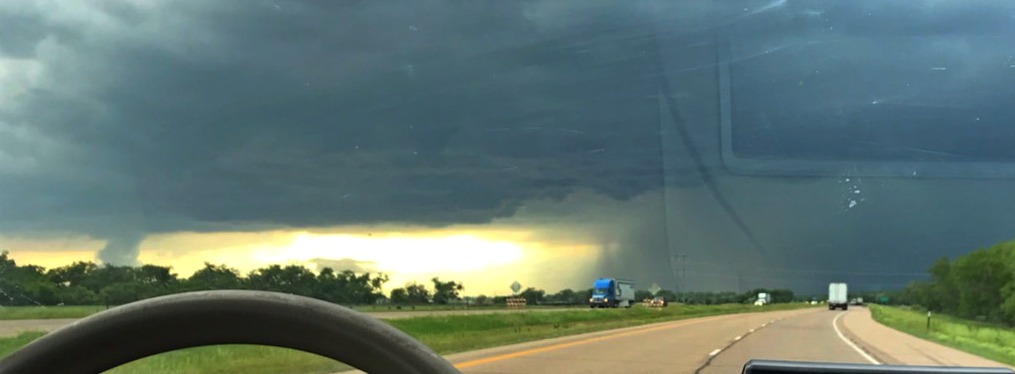
It later dissipated, and once we exited the I-80 near North Platte we were hit first by torrential downpour, and later by at least an inch-size hail. When we made it to the parking lot of the visitor center, we still had to wait a little for the rain and hail to stop. That’s when I finally captured the radar snapshot below.
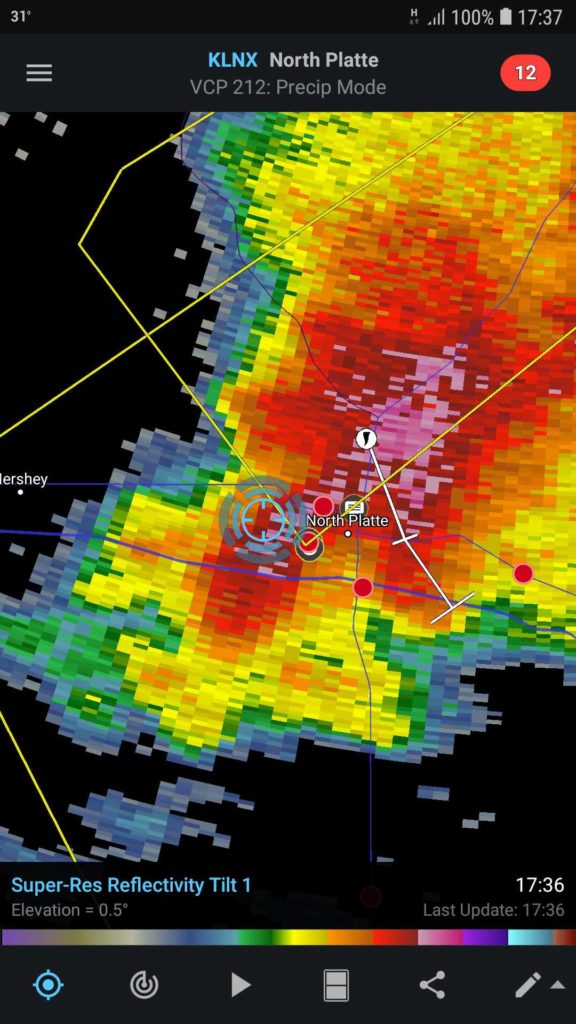
Weather delayed our arrival to the lake, but we still made it to our campground before twilight. This time we camped at the Little Thunder Bay campground – it is important to book your spot early if you want to have a reservation, however, there were plenty of non-reservable spots still open when we came (probably weather was one of the reasons). There is another campground that I like on the north shore – Lone Eagle – for it has better access to the beach. Its downside though (at least for me) is that it is more than twice larger than the Little Thunder.
Storms still roamed around when we were setting up our tent (which was a large one, thus quite challenging to handle in the wind). We quickly made a fire and finished cooking our steaks just in time to retreat to the tent for dinner, as rain started. It was a rainy and windy night, but next day brought some nicer weather. We spent time walking along the beach (which in many places was considerably narrower than I remember, having lost some territory to high water), and drove to the Crescent Lake National Wildlife Refuge where I enjoyed some time on the air with my portable radio station activating K-0442 for the Parks on the Air. Most of the refuge area is still partially flooded, and road was closed right after the Island Lake.
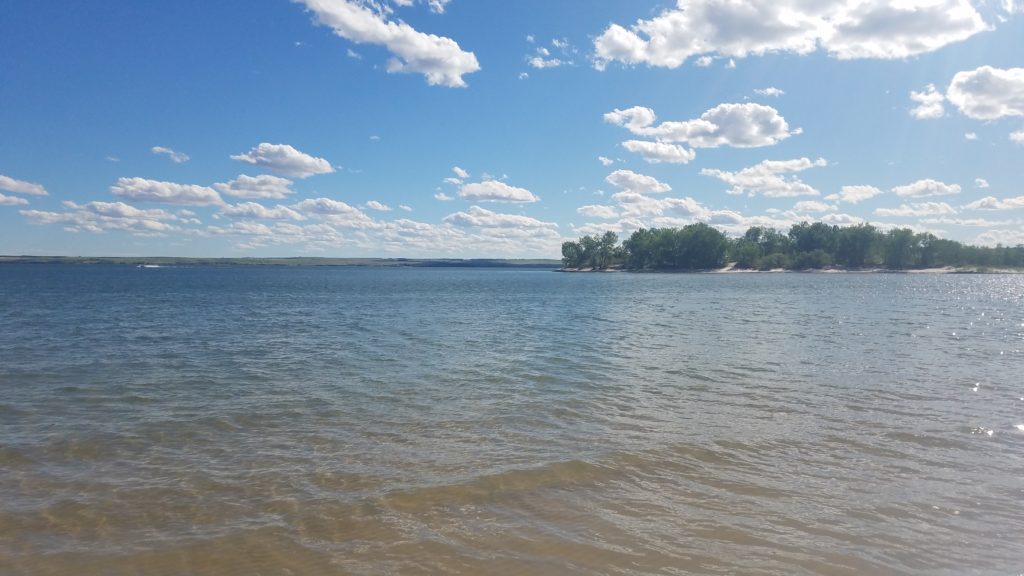
and I know why.
Our second night at the lake was peaceful and quiet, and gave us a great opportunity to replenish our energy for the upcoming drive up through Nebraska Sandhills to the Black Hills of South Dakota.
Later on this trip: